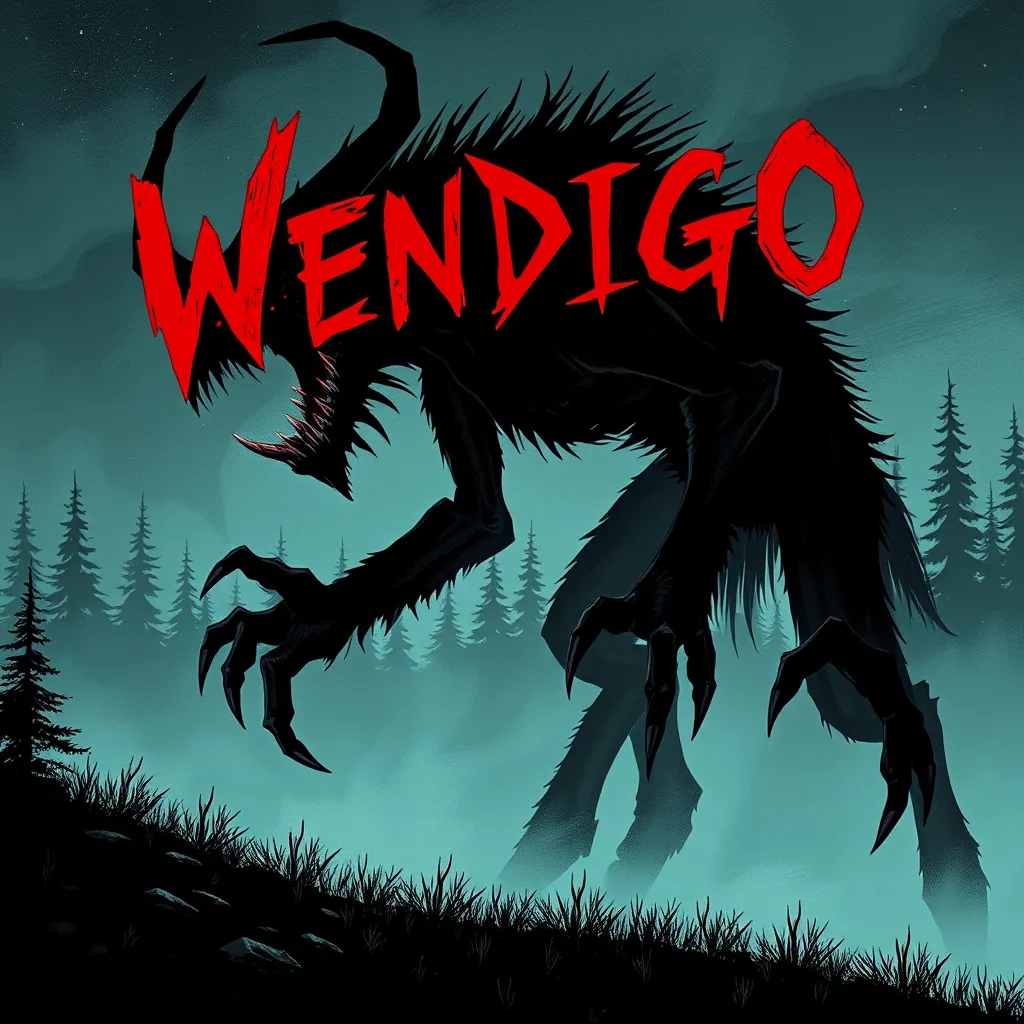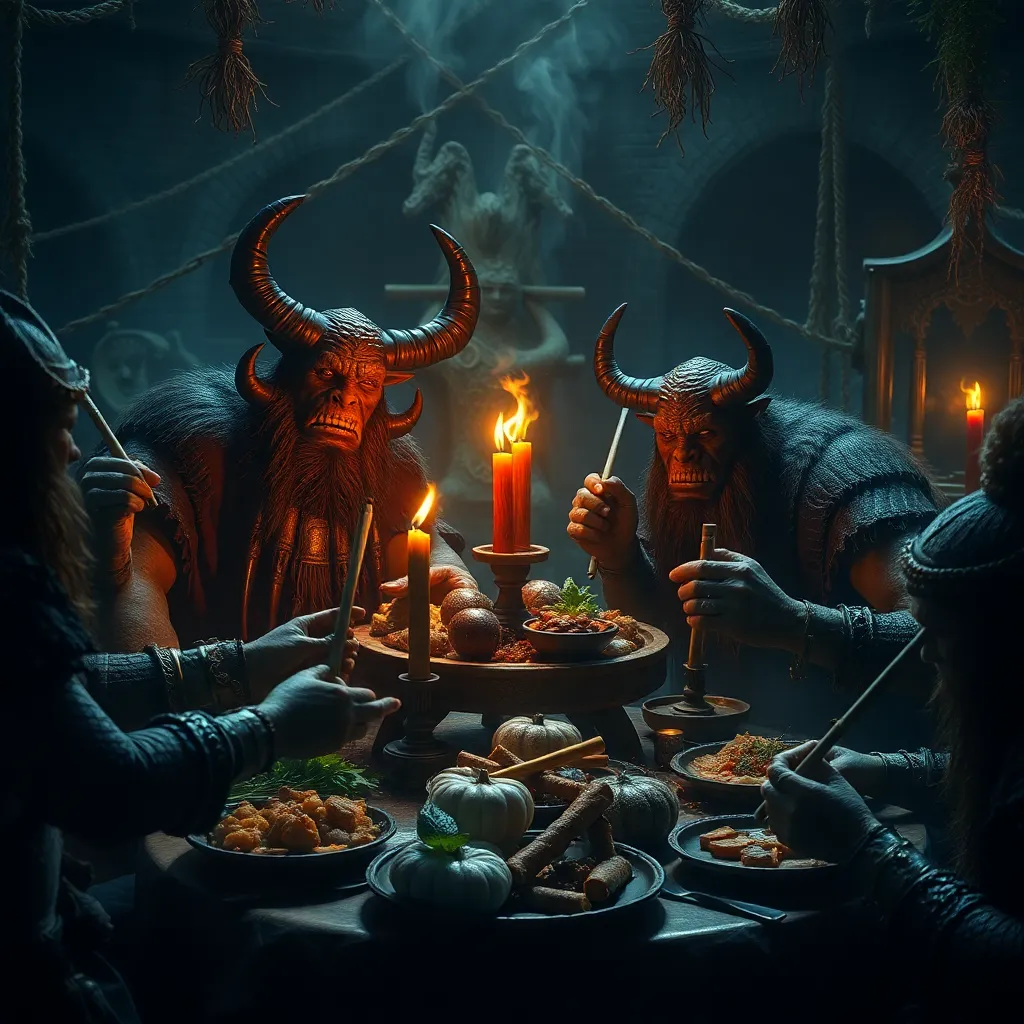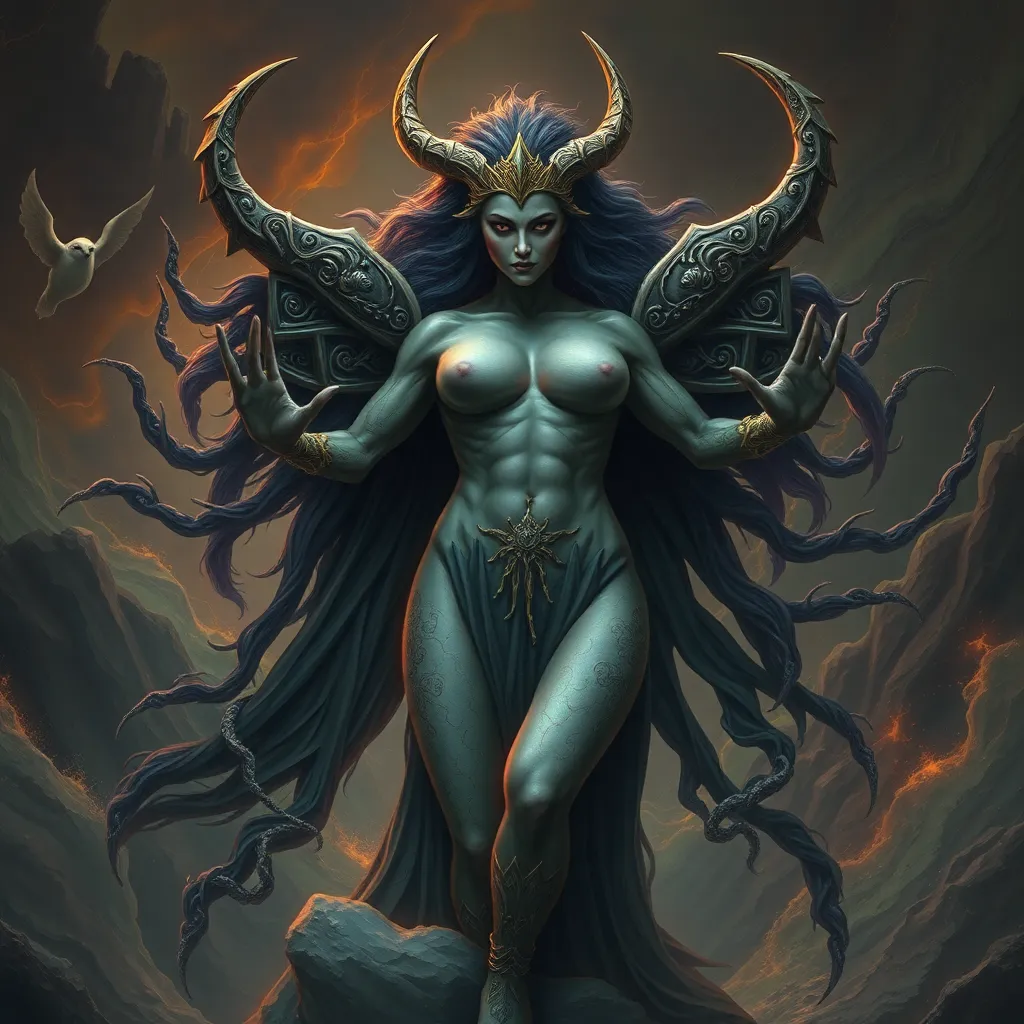Wendigo: From Canadian Wilderness to Modern Horror
I. Introduction
The Wendigo is a legendary creature rooted deeply in the folklore of the Algonquian-speaking peoples of North America. Often depicted as a gaunt, emaciated figure with an insatiable hunger for human flesh, the Wendigo has become a symbol of both physical and moral decay. In Indigenous culture, it represents the dangers of greed and excess, serving as a cautionary tale against the perils of overindulgence and selfishness.
As society has evolved, so too has the Wendigo mythos, transitioning from a traditional folklore narrative to a prominent figure in modern horror literature and film. This article aims to explore the historical roots of the Wendigo legend, its characteristics, its presence in the Canadian wilderness, its adaptations in popular culture, and its psychological and cultural interpretations.
II. Historical Roots of the Wendigo Legend
The origins of the Wendigo legend can be traced back to the Algonquian culture, which encompasses numerous tribes across Canada and the northern United States. The stories of the Wendigo are often linked to the harsh winter months when food scarcity could lead to desperation and cannibalism.
Traditional beliefs surrounding the Wendigo include:
- The fear of losing one’s humanity in the face of overwhelming hunger.
- The belief that individuals who succumb to greed could be possessed by the Wendigo spirit.
- Legends of individuals transforming into Wendigos after committing acts of cannibalism.
In this context, the Wendigo serves as a powerful symbol of greed and excess, warning against the moral decay that can occur when individuals prioritize their desires over the well-being of others.
III. Characteristics of the Wendigo
The Wendigo is often described with various physical characteristics, which can differ based on regional folklore. Common descriptions include:
- An emaciated body, often portrayed as skeletal with gaunt features.
- Long, sharp claws and glowing eyes that instill fear.
- A foul stench reminiscent of decay.
Behaviorally, the Wendigo is characterized by its insatiable hunger for human flesh, which is a central element of its lore. This hunger is often depicted as never being satisfied, leading to a relentless pursuit of victims.
Transformation and possession narratives are also prominent in Wendigo stories. Individuals who commit heinous acts, such as cannibalism, risk becoming Wendigos themselves, thus losing their humanity and becoming conduits of terror.
IV. The Wendigo in Canadian Wilderness
The Wendigo legend is particularly associated with the wilderness regions of Canada, especially in areas where Indigenous tribes have historically resided. The vast, isolated landscapes contribute to the mystique of the Wendigo and its connection to the harsh realities of survival.
Geographic regions deeply intertwined with Wendigo lore include:
- The boreal forests of Northern Ontario and Quebec.
- The icy expanses of the Canadian Shield.
- The remote areas of the Great Lakes region.
Encounters with the Wendigo have been documented in various testimonies from Indigenous communities, often recounting chilling experiences that reinforce the creature’s place in their cultural narrative. These stories serve not only as entertainment but also as moral lessons rooted in the values of the community.
V. The Wendigo in Modern Popular Culture
In contemporary society, the Wendigo has found its way into literature, film, and other forms of media, often reinterpreted to align with modern sensibilities. Notable representations include:
- Literature: Books such as “Pet Sematary” by Stephen King, which draws on the Wendigo mythos.
- Film: Movies like “Antlers” and “Wendigo,” which explore themes of horror and psychological struggle.
These modern adaptations often analyze the Wendigo through the lens of contemporary issues, such as environmental degradation and the consequences of unchecked greed. The Wendigo becomes a metaphor for societal and environmental crises, reflecting the fears and anxieties of the modern world.
VI. Psychological and Cultural Interpretations
The Wendigo legend also opens avenues for psychological interpretation. Many scholars suggest that the Wendigo embodies the struggles associated with mental illness, particularly those that manifest in extreme behaviors driven by desperation or hunger. This perspective highlights the creature’s insatiable appetite as a representation of unfulfilled desires and the darker sides of human nature.
Moreover, the fear of the Wendigo can be seen as an exploration of survival instincts in the wilderness, where the line between civilization and savagery blurs. The wilderness, often depicted as a place of danger, becomes a canvas for projecting deeper fears.
However, it is crucial to approach the Wendigo narrative with respect, recognizing the cultural appropriation that can occur when non-Indigenous people adopt these stories without acknowledgment of their origins. Discussions about the Wendigo must honor Indigenous voices and perspectives, ensuring that the cultural significance of the legend is not overshadowed by commercial adaptations.
VII. The Wendigo Myth in Modern Society
In recent years, there has been a resurgence of interest in folklore and mythology, with the Wendigo standing out as a compelling figure. This renewed fascination can be attributed to several factors:
- The growth of social media, which allows for the sharing of folklore stories and legends.
- The incorporation of the Wendigo in discussions about environmentalism, particularly regarding the exploitation of natural resources.
- A broader cultural movement towards understanding and preserving Indigenous histories and narratives.
Through these lenses, the Wendigo myth serves as a reminder of the importance of balancing human desires with ecological and ethical responsibilities.
VIII. Conclusion
From its origins in Indigenous folklore to its current status as a horror icon, the Wendigo embodies a rich tapestry of cultural significance. Its journey reflects societal fears surrounding greed, mental illness, and the consequences of human actions in the wilderness.
As we engage with the Wendigo narrative, it is vital to preserve the stories of Indigenous peoples, recognizing their importance in understanding this complex figure. The enduring legacy of the Wendigo in contemporary culture serves as both a cautionary tale and an enduring symbol of humanity’s struggle with its darker instincts.



